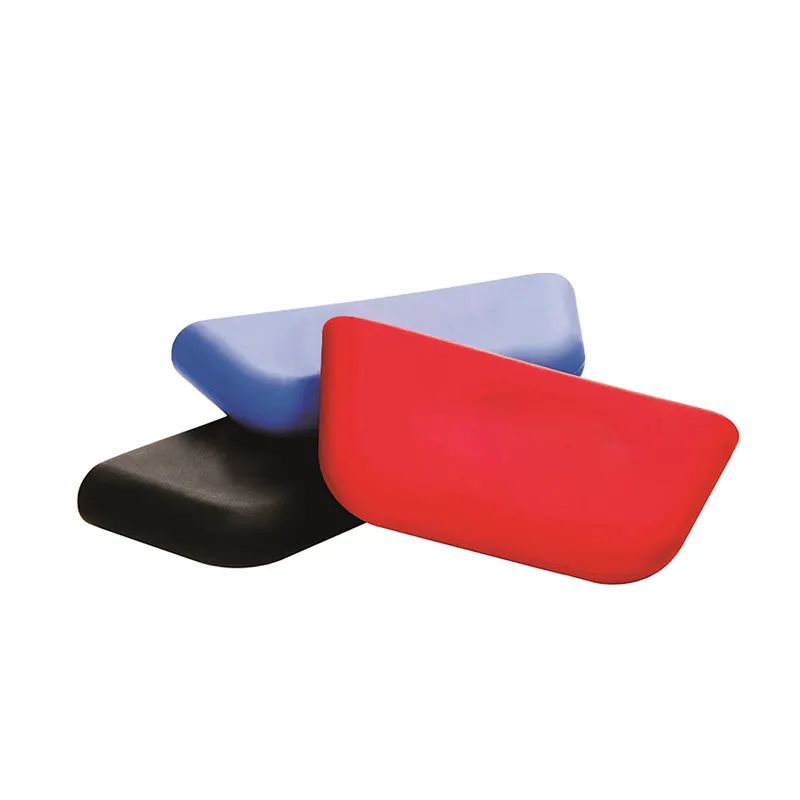Analysis on the development prospects of silicone rubber
Date: 2024-08-15 Categories: FAQ Hits: 263
The silicone rubber industry has achieved remarkable results. With the leapfrog growth of consumption, the silicone rubber industry has begun to transform from high-performance special rubber to mass synthetic rubber, becoming one of the largest rubber varieties. It is reported that from the perspective of rubber consumption, natural rubber accounts for 41.8%, styrene-butadiene rubber and butadiene rubber account for 28.4% in total, and silicone rubber is usually only used in a few non-tire fields such as building sealants and conductive buttons, accounting for only 6.4% of the total rubber consumption. Therefore, as silicone rubber replaces other rubber types in some non-tire segments, its consumption will surely increase exponentially and the market space will be further opened. In this regard, industry insiders also agree with the above view. It is estimated that by 2015, silicone rubber will account for 10% to 15% of the total domestic rubber consumption, that is, the consumption of silicone rubber is expected to reach 1 million to 1.5 million tons, and by 2020, the proportion of silicone rubber in the total rubber consumption is expected to reach 20% to 33%, that is, the consumption of silicone rubber is expected to reach 3 million to 5 million tons. In other words, the development potential and long-term development of the silicone rubber industry are very attractive, and its rapid development will inevitably have a profound impact on upstream and downstream industries. In fact, the linkage effect of the upstream and downstream industries of the silicone rubber industry has begun to gradually emerge. Some experts pointed out that the biggest highlight of the development of the silicone rubber industry is that it can greatly increase the domestic self-sufficiency rate of rubber. According to statistics, if the proportion of silicone rubber in my country's rubber consumption increases from 6.5% to 33% by 2020, then my country's overall domestic self-sufficiency rate of rubber can be increased from about 50% to more than 80%, thereby greatly alleviating the tight supply of rubber and reducing the production cost of the rubber processing industry. It can be seen that the development of the silicone rubber industry is not just the single development of a single industry, but involves the common development of multiple industries, which has far-reaching significance for enhancing the profitability of the rubber processing industry and improving the quality level of rubber products.

 Silicone Assist Hot Handle Hol...
Silicone Assist Hot Handle Hol...  Custom aramid fabrics oven glo...
Custom aramid fabrics oven glo...  Long Waterproof Non-Slip Silic...
Long Waterproof Non-Slip Silic...  Barbecue1800 F heat-resistant ...
Barbecue1800 F heat-resistant ...  Hot Selling Eco-friendly Non-s...
Hot Selling Eco-friendly Non-s...  Kitchen Strainer And Colanders
Kitchen Strainer And Colanders  Metal Colander
Metal Colander  Metal Colander with Wooden Han...
Metal Colander with Wooden Han...  Set Of Three With Bamboo Handl...
Set Of Three With Bamboo Handl...  Silicone Kitchenware Set
Silicone Kitchenware Set  BPA Free Collapsible Water Buc...
BPA Free Collapsible Water Buc...  6 Pack Silicone Popsicle Molds...
6 Pack Silicone Popsicle Molds...  BPA free Homemade Popsicle Ice...
BPA free Homemade Popsicle Ice...  Cylinder Silicone Ice Lattice ...
Cylinder Silicone Ice Lattice ...  Round Ice Cube Maker Mold Ice ...
Round Ice Cube Maker Mold Ice ...  BPA Free 33 Cavities Plastic M...
BPA Free 33 Cavities Plastic M...  New Preservation Silicone Brea...
New Preservation Silicone Brea...  New Preservation Silicone Brea...
New Preservation Silicone Brea...  Baby Water Bottle Cap Silicone...
Baby Water Bottle Cap Silicone...